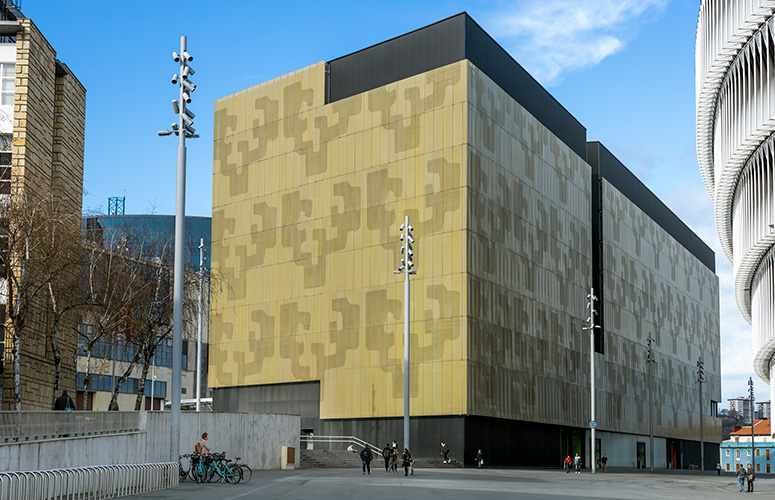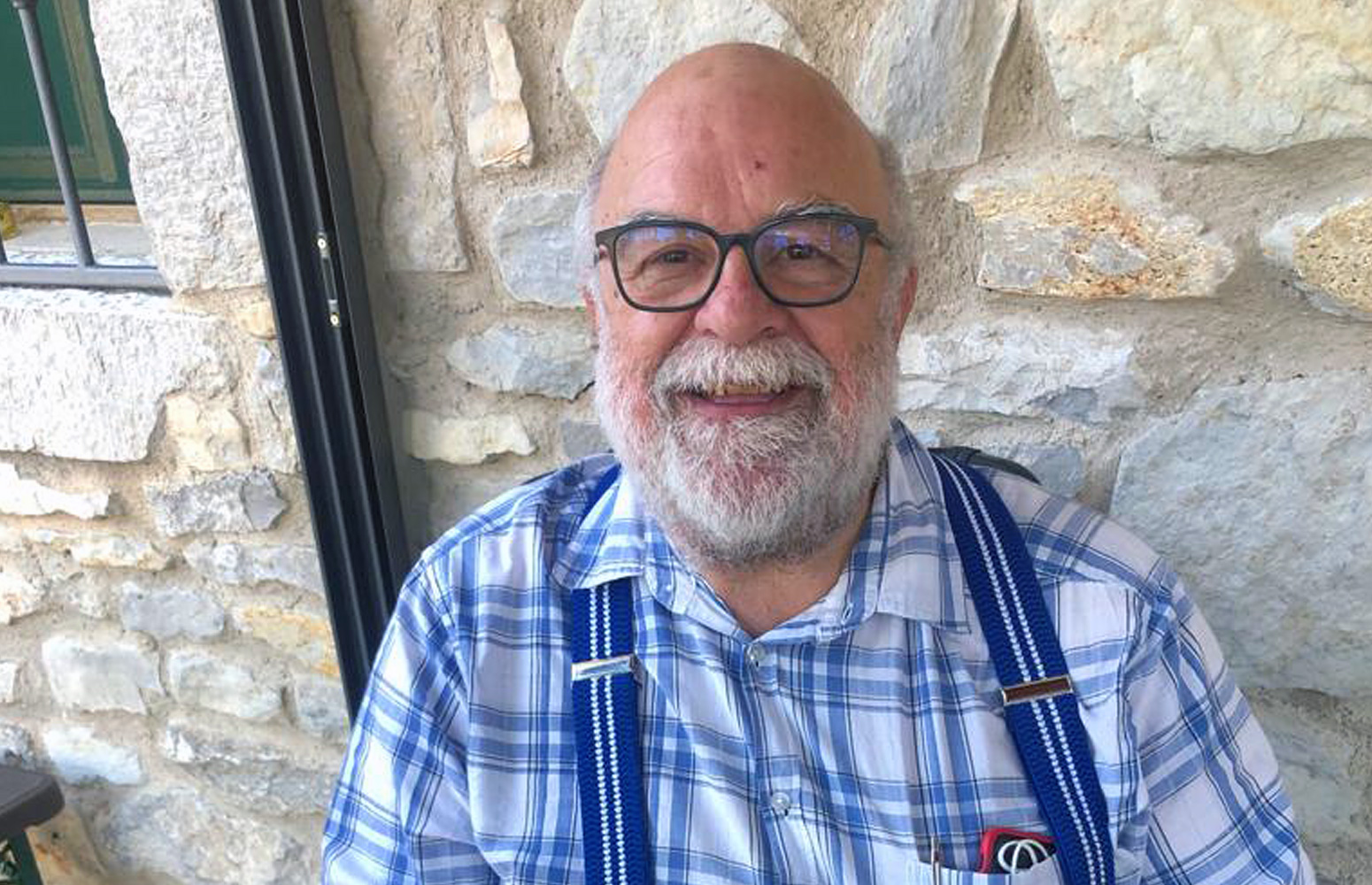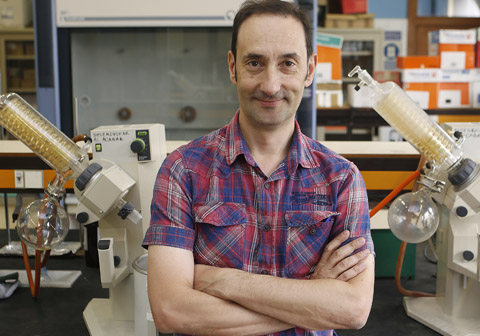A computational modelling-based study to understand the processes involved in chemical synthesis and improve them has been published recently in the journal Nature Communications by the research group led by Prof Enrique Gómez-Bengoa of the Department of Chemistry I of the UPV/EHU-University of the Basque Country in collaboration with the group of Prof Cristina Nevado of the University of Zürich.
-

Teknikarien eta kudeaketako eta administrazio eta zerbitzuetako langileen 2024ko LEP onartu du UPV/EHUk
-

In memoriam: Eduardo Angulo
-

11-12 urtekoek smartphoneak nagusiki hitz egiteko erabiltzen dituzte
-

Minbiziaren Aurkako Bizkaiko Elkarteak (AECC) minbizia ikertzeko 3 laguntza esleitu dizkio UPV/EHUri
-

Hondakin organikoak murriztearen garrantziaz DBHko ikasleak ohartzeko proiektua
A new method for synthesising complex molecules
The results of the study in which the UPV/EHU and the University of Zürich collaborated have been published in Nature Communications
- Research
First publication date: 16/06/2017

"Virtually all today's drugs," explained Enrique Gómez-Bengoa, "are organic compounds that are industrially synthesised in very complex, often labyrinthine processes, which are also expensive. Other substances such as herbicides or pesticides also belong to this same family of organic molecules with biological activity. And they are not the only ones; all the molecules present in living organisms, hormones, primary and secondary metabolites or those responsible for giving food its smell and taste are included. Nature has been spontaneously synthesising these substances for millions of years and we have learnt to prepare them in the lab using similar methods in some cases".
The results of this lab work by the research group led by Prof Enrique Gómez-Bengoa of the Department of Chemistry I of the UPV/EHU in collaboration with the group of Prof Cristina Nevado of the Department of Chemistry of the University of Zürich, have been published recently in the journal Nature Communications. "The bulk of the research in which the experimental methods, the lab reactions were carried out, was done by Prof Nevado's group. There they developed a new, very powerful method for synthesising one type of structurally complex, cyclic molecules very efficiently, rapidly and without using particularly problematic reagents. The discovery is based on the use of a radicalic process (using a radical-based reaction) in a single phase, when several phases were necessary in the past to achieve the same aim. The contribution of our group in Donostia-San Sebastian was to study these reactions using computational calculation methods in order to understand how they take place, what their mechanism is. Nowadays computers allow us to ‘see' how atoms move during a chemical reaction," explained Prof Enrique Gómez-Bengoa.
In fact, the calculations in this study were made in the UPV/EHU's scientific calculation cluster, which is "state-of-the-art in this subject and provides many research groups with a service underpinned by the indispensable assistance of the personnel in our university's General Computing Services (SGIker)".
Further information
In addition to this work published in Nature Communications, there are other collaborations ongoing and involving about twenty research groups in experimental organic chemistry in several European countries like the Swiss group, which is the author of this work. What is more, the research group led by Prof Enrique Gómez-Bengoa belongs to two Marie-Curie research networks funded by the European Commission for training young researchers and PhD students with the participation of European universities and companies.
Bibliographic reference
- Expeditious Stereoselective Synthesis of Elaborated Ketones via Remote Csp3-H Functionalization
- Nature Communications (2017; Volume 8: 13832)
- DOI: 10.1038/ncomms13832


